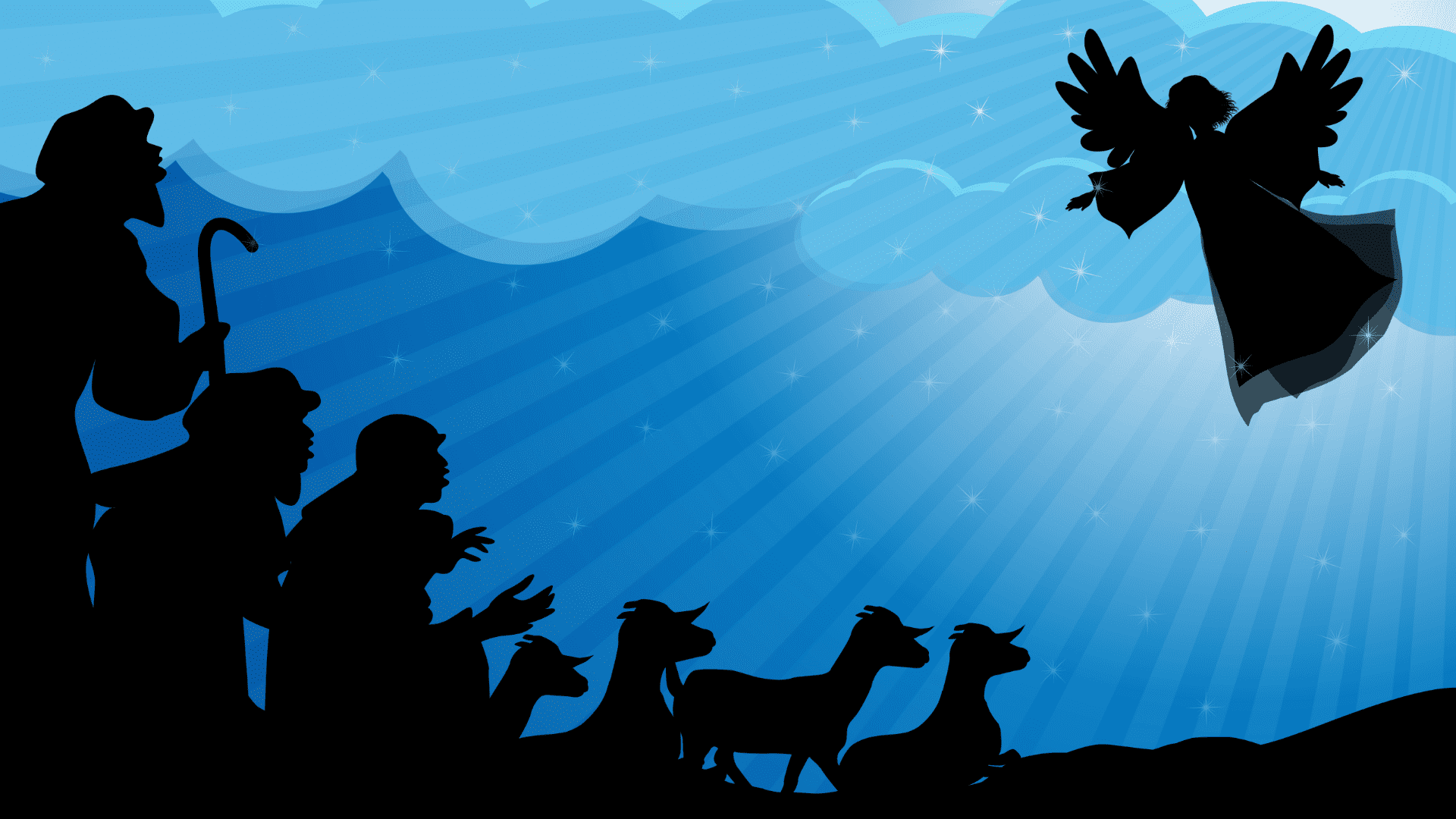Follow Me (Luke 5:1-11)

One of the problems with life is that it is so complex it’s easy to miss the point.
Our lives are filled with so much complexity that it’s almost impossible to keep track of everything. We’re busy and there is so much going on that we easily lose sight of what’s important. We occasionally wish that life could be simpler, that we could get a grasp on what is really important.
Einstein said, “We should make everything as simple as possible, but not more so.” There is considerable wisdom in getting to the essence of a matter and really understanding it, really living it. Occasionally we need to sweep away all the complexity and clutter and get to the point. We say, “Get me to the core. Tell me the one thing that I need to know.”
Today I want to do that with the gospel. What do we need to know to understand and live the gospel?
Abducted by an Alien Gospel
One preacher (Dieter Zander) says this: “All of my Christian life I had been abducted by an alien gospel.” The Gospel he understood before was about an individual receiving forgiveness and having the issue of eternal destiny settled. It’s usually seen as what you have to do to get to heaven. According to this preacher, the Gospel that gets preached in a lot of churches is this:
- give a little
- do a little
- pay membership dues
- get a “going to heaven” ticket (through accepting the gospel)
This preacher says:
In this scenario, the gospel is informing how we die. Instead, the gospel ought to be about how we live!…[Some people’s] belief is that they try to believe in Jesus so that when they die they get to go to heaven. [They think] populating heaven is the main part of the gospel. Instead, the gospel is about being increasingly alive to God in the world. It is concerned with bringing heaven to earth.
This is radical, because if he’s right, we’ve oversimplified the gospel to a personal decision that affects your eternal state rather than a way of life that we can enter into here and now.
The Gospel According to Luke
I don’t want to be abducted by an alien gospel. A question that’s been on my mind a lot lately is, “What is the gospel we are believing and we are living?” Every church proclaims a gospel. What really matters is that the gospel we live and proclaim is the true gospel and not some alien one.
To really get at the heart of the gospel, we need to go right back to the source of the gospel, which is Jesus Christ himself. In Luke 4, after teaching and acting out the gospel, Jesus said, “I must proclaim the good news of the kingdom of God to the other towns also, because that is why I was sent.” The whole reason that Jesus came, and his whole message, is the good news (gospel) of the kingdom of God.
Today, before we move on to Christmas, I want to pause and revisit a passage we already looked at a number of weeks ago. The reason I want to do this is because it’s a passage that’s gotten under my skin. It’s one that won’t let me go.
It’s also a passage that is at the heart of the issues we need to be wrestling with as a church. If we’re not careful, the church can become a vendor of religious goods and services. That’s not what it’s meant to be. We need to go back to asking what the gospel is, and how best we can live out the gospel in our context. Tim Stafford has said:
The gospel does not present the church as a savior. Rather the church is the place where the Savior lives. The message can be heard rising out of the church: “Jesus is changing the world. Come and join us as we follow Jesus.”
So the question for us is, what does it mean to follow Jesus? What does that look like at Richview in 2005?
I also want to ask this question because it calls for a response. We’re taking a bit of a risk this morning, and we may be wasting a lot of water, but we’re going to be holding a baptism this morning for those of you who want to respond to the invitation to follow Jesus. It’s different and far richer than you might have ever heard before. But it calls for a response, and I want to give you an opportunity to respond today.
The question I want to ask is this: what does it look like for a person to follow Jesus Christ? I don’t mean in the abstract. I mean, what does it look like for a person today, here in Toronto in 2005? What does it look like for a group of us, that want to say to others, “Come and join us as we follow Jesus?”
To answer that question, I want to revisit a story that’s found in Luke 5. We looked at it before. It’s the story of Jesus preaching from Simon Peter’s boat. Peter’s been out fishing all night, but he hasn’t caught anything. Jesus turns to Simon and says, “Put out into deep water, and let down the nets for a catch.” Simon does, reluctantly I think, and they catch more fish than they could handle. Once they’re overwhelmed with Jesus’ presence, Jesus turns to Simon and says, “Follow me.” Simon immediately got up, left his fish, boats, and nets, and followed Jesus.
We usually see this story at a few different levels. Mainly we see it as the call of Jesus to every believer to follow him, no matter what it costs. We sometimes emphasize how hard it would have been for Simon to leave behind his career and follow Jesus. It’s a scary story, and we admire Simon for responding to Jesus.
But I’d like to go one level deeper and try to understand this story. Because we’re not from that culture, there’s a whole different level that’s easy to miss. We may even ask, “What would possess Peter to leave his boats and his career? I could never do that.” There are two things I want to explain, and then I want to invite you to hear what Jesus is saying to all of us through this story.
There are two things we need to understand. One is about Peter, and one is about Jesus.
Peter the Dropout
There’s something that we need to know about Peter. In Peter’s day, Galilee contained the most religious Jews of Jesus’ time. The Jewish people where he lived believed that God had spoken, and that his words had been recorded through Moses in five books: Genesis, Exodus, Leviticus, Numbers, Deuteronomy. They called these five books the Torah. Torah means teachings or instructions or way. They believed that the best way to live was by living as the Torah instructed. The passion of the people was to learn and teach and live the Torah.
The Torah was so important that they made it a priority to teach their children about the Torah. They realized that they were always one generation away from losing observance of the Torah at all times. One rabbi said, “Under the age of six, we do not receive a child as a pupil; from six upwards accept him and stuff him [with Torah] like an ox.”
Here’s how some people think the education would have happened.
Around the age of six, many Jewish boys would go to school for the first time. This was the first level of education, called “House of the Book”, and it would last until the student was about ten years old. The students would begin memorizing the Torah and would gradually come to know the whole thing by heart. Imagine: not just a few verses, or even chapters, but five whole books of the Bible. Genesis, Exodus, Leviticus, Numbers, and Deuteronomy.
That’s why when Jesus taught, he would often quote a verse or a phrase from the Torah. It would be enough to trigger the meaning of the whole text. Instantly, everybody there would fill in the rest of the details, because they knew it off by heart. You didn’t have your own copy of the text, so it was important to learn it as well as you could.
The smartest and most respected people of the community were rabbis. They were the best students who knew the text inside and out, and taught others. Not everyone could be a rabbi.
By the age of ten, some of the students would show some aptitude for further studies. They would go to the next level of learning, called “House of Learning”, which would go until they were around 14 years of age.
Those who didn’t make the cut would learn the family trade. If the parents were winemakers or farmers or carpenters or fishermen, you would learn it to so that you could carry on the business and one day pass it down to your own children.
The best students would continue their education, and memorize the rest of the Hebrew Scriptures. By the time they were 13 or 14, they would know the entire Bible off by heart: Genesis through Malachi, all 39 books memorized.
They would also learn all the oral traditions, the interpretations of the text. People had wrestled with it over the years, trying to get to the heart of its meaning. The rabbi didn’t want you to just spit back the information. He wanted you to wrestle with it, to absorb its meaning.
Around the age of 14, only the best of the best were still studying. Most students by now were back in the family business, perhaps even having families of their own.
The remaining few would apply to a well known rabbit to become one of the rabbi’s disciples. This level of education was called “House of Study.” You would present yourself to a well known rabbi and say, “Rabbi, I want to become one of your disciples.” The rabbi would want to find out more about the student. Can the student learn what the rabbi does? Could he learn the rabbi’s yoke? (The yoke was that rabbi’s interpretation of Scripture.) Does the kid have what it takes?
He would question the student, what he knew and how he interpreted. This was important because the rabbi didn’t have time to train a kid who wouldn’t be able to become like the rabbi.
Sometimes the rabbi would say something like this: “You love God and know the Torah, but you do not have what it takes to be one of my disciples. Go home and continue to learn the family business.”
But to some, they would say, after questioning, “Come, follow me.” It would be like being accepted by Harvard. The student would probably leave home, leave father and mother, the synagogue, and all the friends. From that point on, he would devote his whole life learning to do what his rabbi did.
The rabbi would travel, and right behind him would be a group of students, trying to do their best to keep up. The goal would be for the disciples to become just like the rabbi.
So this is what we know about Peter. He was a fisherman. At some point, he had progressed through his education and hadn’t made the cut as a disciple of a rabbi. Someone, sometime, had looked at Peter and said, “Peter, it’s probably best that you return to your family and continue to learn the fishing business. You love God but you’re not cut out to be a disciple.”
Peter was a dropout of sorts. He didn’t make the cut to be a disciple.
Jesus the Rabbi
I’ve always wondered why Peter dropped his nets and left his family business so willingly when Jesus came along. Now I understand.
At the age of 30, when rabbis generally began their public teaching and training of disciples, Jesus came along to some fisherman on the Sea of Galilee and said, “Follow me.”
Rob Bell says:
Why are they fisherman?
Because they aren’t disciples. They weren’t good enough; they didn’t make the cut.
Jesus calls the not-good-enoughs…
Jesus took some boys who didn’t make the cut and changed the course of history…
One scholar says, “This indicated the rabbi believed the potential talmid had the ability and commitment to become like him. It would be a remarkable affirmation of the confidence the teacher had in the student.”
So these are the two things you need to know about the story. One is about Peter, the dropout. The other is about Jesus, the rabbi, who thinks we make the cut to be his disciples.
It’s about the one who says to us, “Follow me.”
Follow Me
Near the end of his time on earth, Jesus said:
Then Jesus came to them and said, “All authority in heaven and on earth has been given to me. Therefore go and make disciples of all nations, baptizing them in the name of the Father and of the Son and of the Holy Spirit, and teaching them to obey everything I have commanded you. And surely I am with you always, to the very end of the age.” (Matthew 28:18-20)
Did you catch that? “Make disciples.” The call that Peter received is the call that we receive today. It’s a call to regular people who didn’t make the cut, to enter into life as a disciple (talmid) and become just like him.
What does this mean for us today?
It means that Jesus calls you because he believes this is possible with you. It takes outside help, of course. He gives us the Holy Spirit. It means, though, that he thinks it is possible for you to become like him. You can change.
It means that following Jesus is much more than a decision. It’s about far more than what happens after you die. It’s a way of life, an entry point into a life of submission to the rabbi. To repeat the quote from Tim Stafford, “The message can be heard rising out of the church: ‘Jesus is changing the world. Come and join us as we follow Jesus.'”
What is the entry point to discipleship? How do you respond to Jesus’ call to follow him? Baptism. It’s the response that Jesus has given us to seal our response to follow, and to enter into life as a disciple. Jesus said, “Make disciples…baptizing them.”
Today, we’re giving opportunity for you to hear Jesus’ call and to respond. As with Peter, it may not have been in your plans for today. That’s okay. You’re hearing the call, and it’s time to respond. This is the response that God has given us to those who would like to enter into life as a disciple. We have everything ready for you – clothes and towels and water. All you need to do is come, respond, and through baptism say, “I will follow.”
(Thanks to Follow the Rabbi and Rob Bell’s book Velvet Elvis for some of the background information in this sermon)





